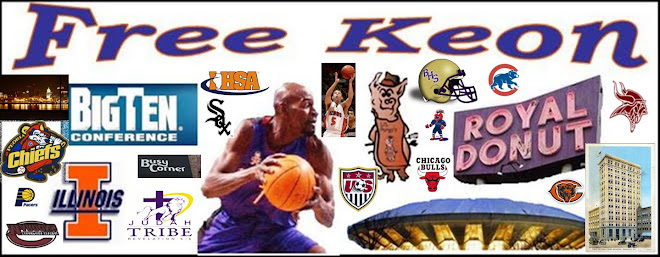Slammin’ Sam on Sports Media
A week before the dawn of the ’09-’10 NBA campaign, what better way to stir up fervor than reading about how the reigning MVP, and arguably the most popular athlete on the planet, LeBron James got started?
“Shooting Stars” is co-written by Buzz Bissinger, the same man who penned “Friday Night Lights,” the story of high school’s trials and tribulations seen through the lens of football.
“Stars” reminds me of one of the best real-life stories I read some years ago called “The Last Shot.” New York Times and Harper’s Magazine contributor Darcy Frey followed four boys from Coney Island, NY in the heartbreaking work which couldn’t have been better titled. Basketball was the boys’ only hope to escape the crime-ridden streets and the devastation that enveloped the area. Of the four, only Stephon Marbury found the precious prize he was seeking. Given recent events that have seen Marbury hit an all-time low in his life, one can easily say that even basketball wasn’t enough to enable the troubled guard to overcome his roots.
Similar to “The Last Shot,” before readers even turn past page one of the latest installment of adolescent hoop dreams, they are advised by a member of LeBron’s band of brothers that there would be no mistaking the realization that the St. Vincent’s team and the game of basketball was “all we got.”
Fortunately in contrast to the earlier version Frey documented, on the whole, “Shooting Stars” is not a reverberating plea for help. Rather than exuding pervasive despair, these young men are grounded in a foundation of confidence that will allow each of them, not just LeBron, to triumph in life.
Read “Shooting Stars” because:
1. You will get to know the man who shaped LeBron from the time he first suited up for the Hornets in community basketball and who continues to impact him to the present.
“There was something else (Coach Dru Joyce II) wanted beyond being a good provider. He wanted to coach kids, and he was desperate to have a son.” (Shooting, 19)
“He also picked up right away that for all I had been through, I wasn’t hardened or bitter,” LeBron says of his coach. “While I downplayed it at the time, he knew in his heart that as an only child, I was desperate to be around other kids.” (27)
2. LeBron presents a compelling first-person account of how the young men came together in a way that extends way beyond the box score to this day.
When the Fab Four decided together to attend predominantly white St. Vincent’s over the traditional Akron high school for blacks, they drew strength in one another more than ever. “The four of us may have been brothers to one another,” LeBron writes, “but to many in Akron’s black community, we were now traitors who had sold out to the white establishment.” (71)
3. The book is not sugar-coated. LeBron and his teammates suffer a great deal of adversity, some of it self-inflicted, which leaves dreams in jeopardy until the genuine turn-around.
LeBron’s February 2002 Sports Illustrated cover launched “The Chosen One” onto a national pedestal and kept the team in the bright, shiny beams from that point on. “The Sports Illustrated cover had made us all into rock stars, only reinforcing our sense of our own invincibility junior year,” LeBron admits, as he looks back at his arrogance. (142)
The night before the Fab Four Plus One’s 2002 state championship game, the brothers reveled in a forgone conclusion. Hours later, the group would be anointed the best team in the nation, or so they thought. St. Vincent’s lost the game, and only one year remained to fulfill their dreams. Something had to change. (147)
“Shooting Stars” tickles the twine, so pick up a copy today!
Sam Miller/Free Keon
Tuesday, October 20, 2009
Subscribe to:
Post Comments (Atom)


![Validate my Atom 1.0 feed [Valid Atom 1.0]](valid-atom.png)
Hey Sammy!!! Any chance Jayson Williams is mentioned in your book? Sorry couldn't resist
ReplyDelete